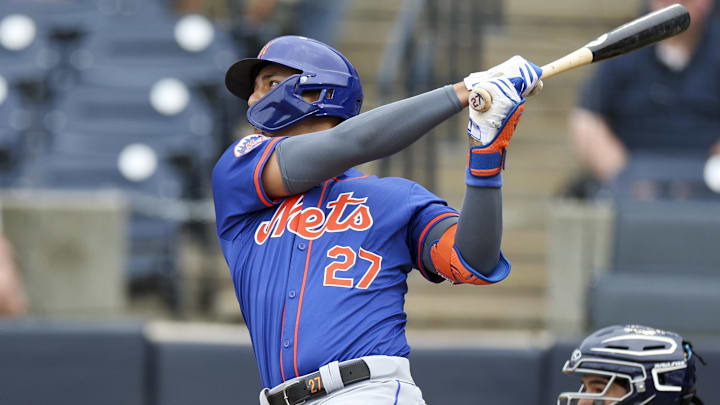2) The Mets should have kept Reed Garrett instead of Michael Tonkin (or Yohan Ramirez)
Nobody was demanding this roster move to open the season. Reed Garrett looked more like a “stick around, you have minor league options” kind of guy rather than an actual participant who could help them win games. Michael Tonkin, on the other hand, was a freshly signed free agent who was put in an unusual situation where he might not actually make the team.
Because the ink on Tonkin’s contract hadn’t even dried yet, it was always more likely he’d make the team over anyone else he was competing with whether it was Yohan Ramirez, Sean Reid-Foley, or anyone else in the mix for one of those last spots.
Tonkin ended up as the tough-luck loser in two games where he entered in extra innings with a man already on second base. The MLB rules didn’t favor him here. Don’t blame the fans’ short attention spans or our desire to get home before a game extends to three and a half hours. Don’t even fault those who watch from home and simply want to get onto the next task. At the end of the day, Tonkin failed twice in the same situation.
Why the Mets didn’t do this
Garrett never seemed to be a legitimate candidate to make the Opening Day roster. Despite some good spring numbers in 5 innings of work, the roster crunch of having to choose between several out of options relievers always had him headed for Syracuse as depth. Now 6.2 innings of shutout baseball later, this is one of those roster reversals that no one wanted then and time has proven would’ve worked now.
